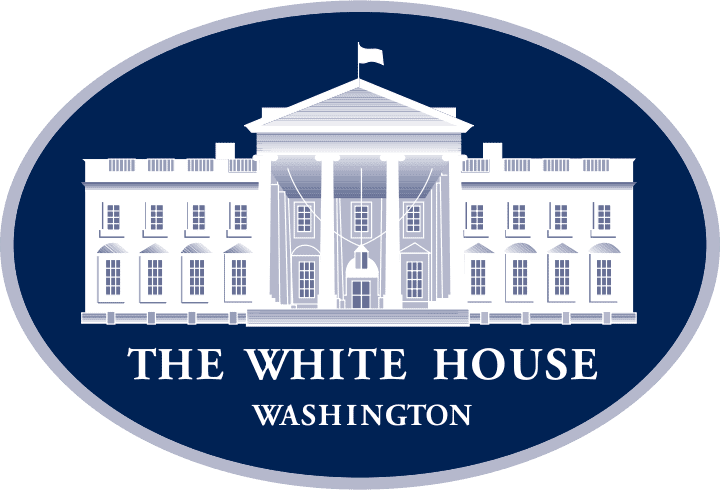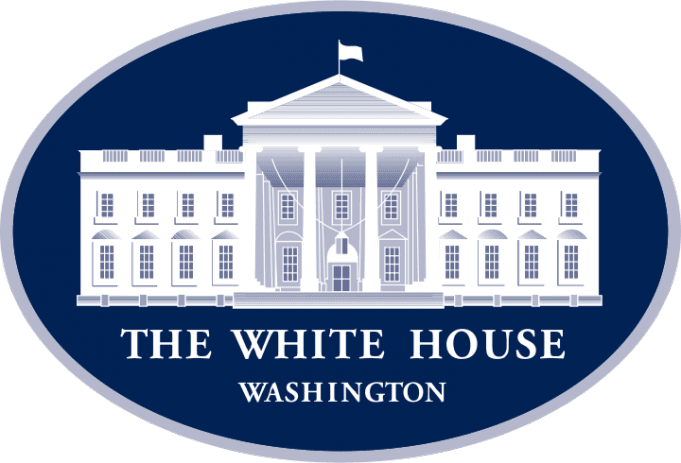
As co-Founder of StarkSilverCreek and Club Loreto Bay (a social network for Baja real estate owners) over the past several years, I’ve experienced how social media has changed the way people can interact to connect around shared passions, ideas and challenges.
On Stark Insider, using various social media tools, I’ve had the opportunity to connect with you and thousands of other readers to discuss common interests in food, wine, arts, theater…and Loreto Bay. As much as the social media is exciting on the technology front, I think the real impact is shifting the way we all think about technology as an enabler of the interactions we have with family, friends, co-workers and customers. Social media has shown that technology can be the foundation of friendly and easy-to-use applications that allows us to share ideas and information beyond the limitations of time and geographic locations.
Recently while in Washington, I was invited to speak with Don Goldberg, Partner at Qorvis Communications on a Focus Washington TechView episode to discuss the emergence of social media in government and how agencies are using newer technologies.
You can watch the video below. Here is a link to the entire article: Adobe Discusses Social Media and Government
The most important point I was trying to raise in this discussion is that although the new social media tools are very exciting, the real opportunity for government agencies is to take the lessons learned from social media and apply them to the core processes in government.
What does it matter if an agency has a Twitter account or a Facebook fan page if it is still hard for its citizens to find critical programs and enroll in them? How do we make enrolling in benefits as easy as it is these days to create and share a video on YouTube?
A case in point is a recent 60 Minutes profile of Veterans Affairs. According to the investigation, the form for applying for benefits is 23 pages long, on average 6 months to get an initial response, and the amount of paperwork generated in a case can span from one to several file-size boxes. How can lessons in social media help to transform this? I would imagine a veteran would hardly care about the VA having a Facebook fan page. Rather, they would want to see easier ways to interact with the VA that was directed to helping them receive eligible benefits faster.


